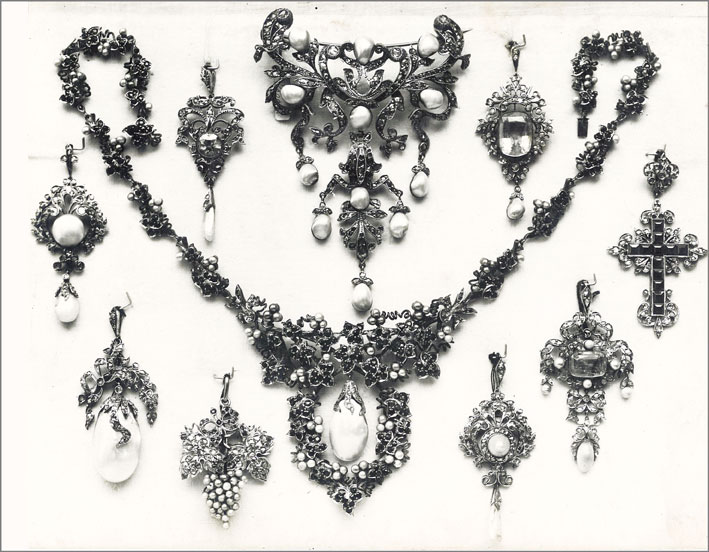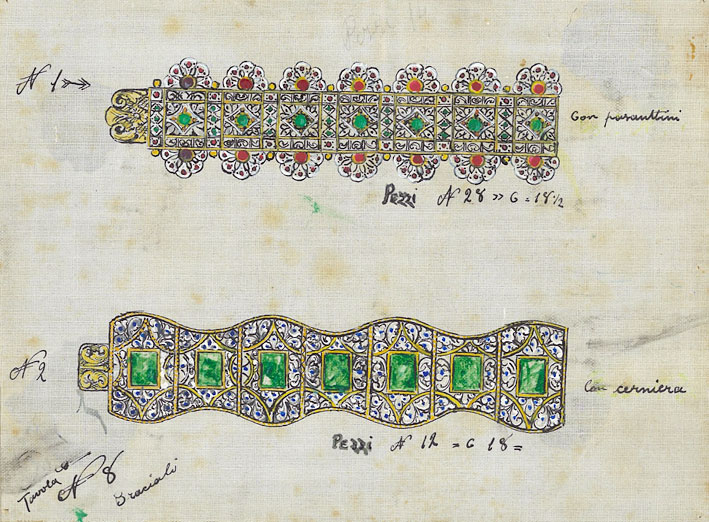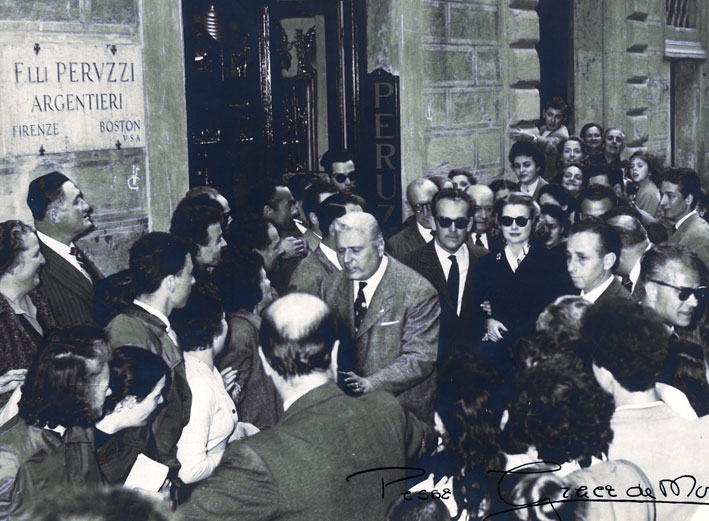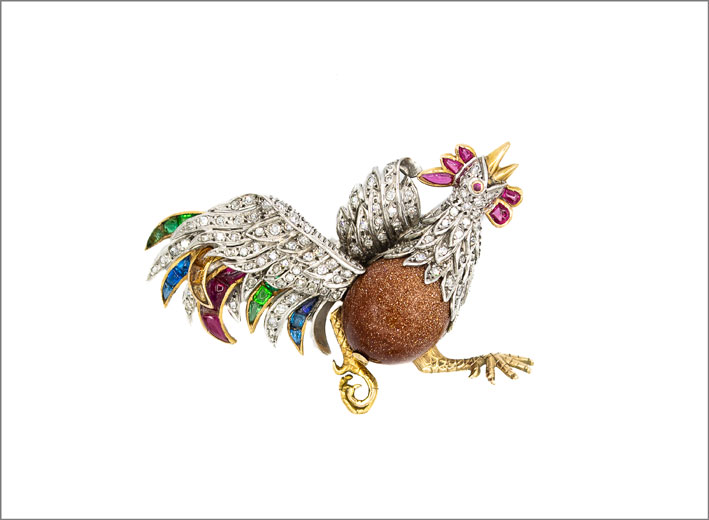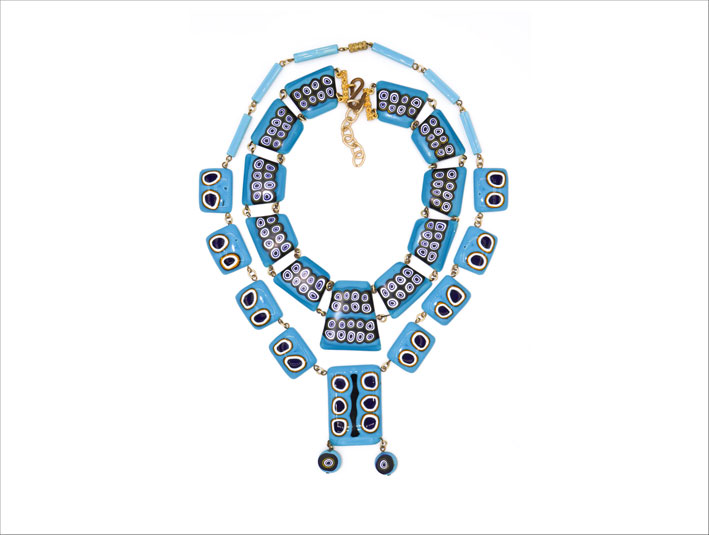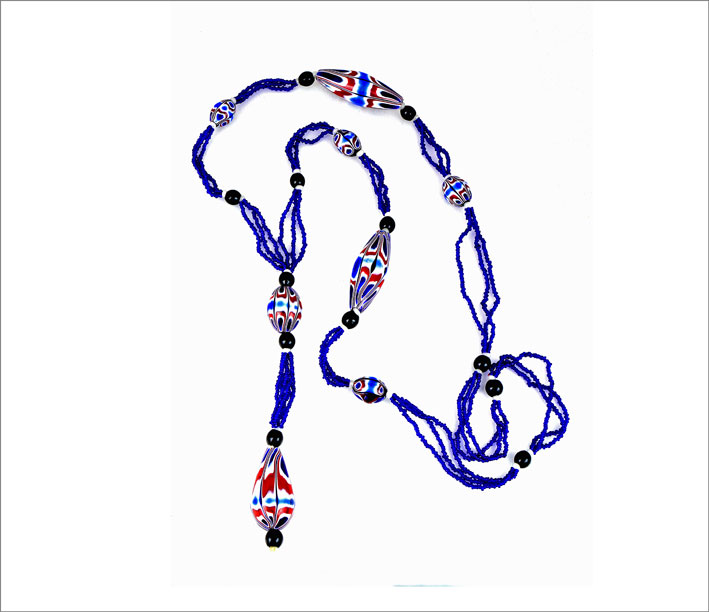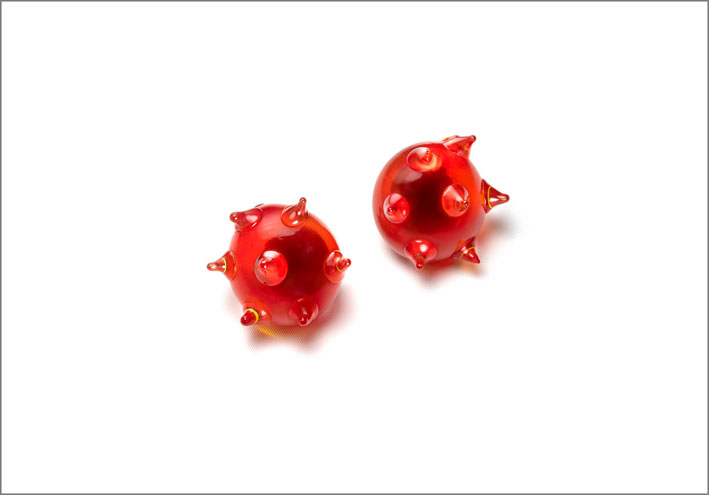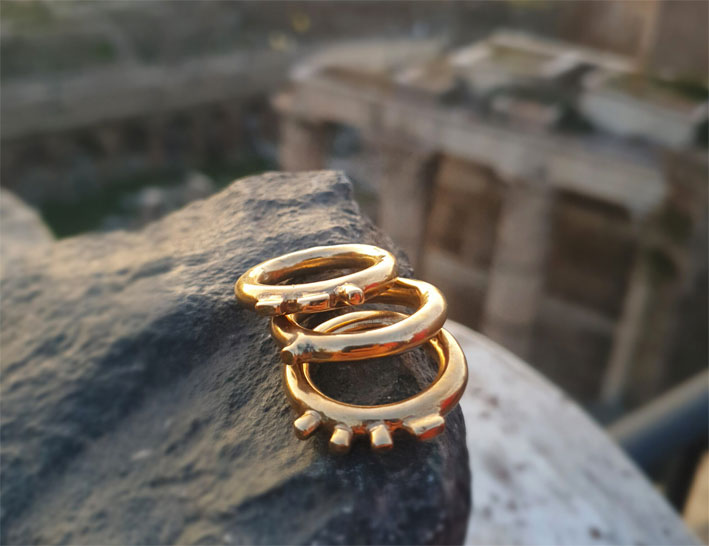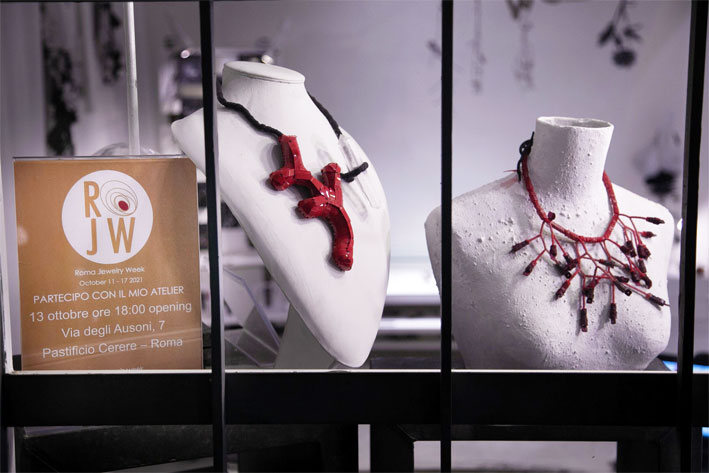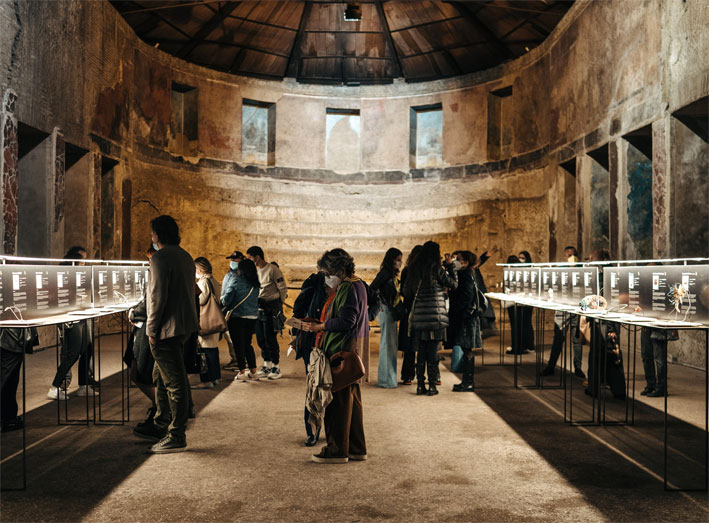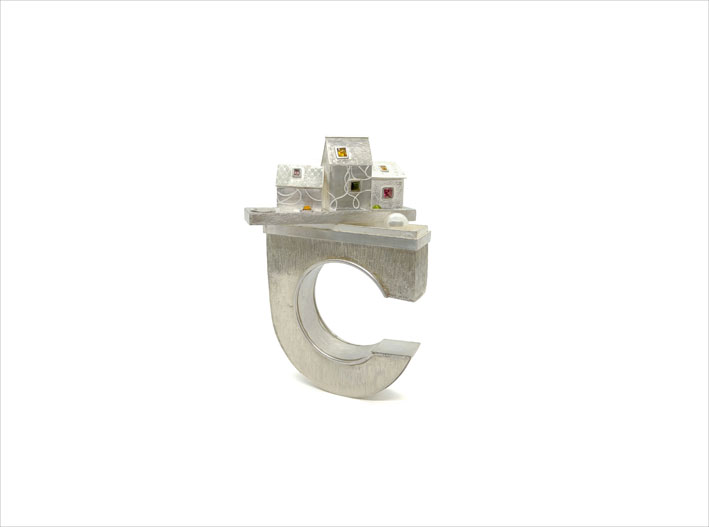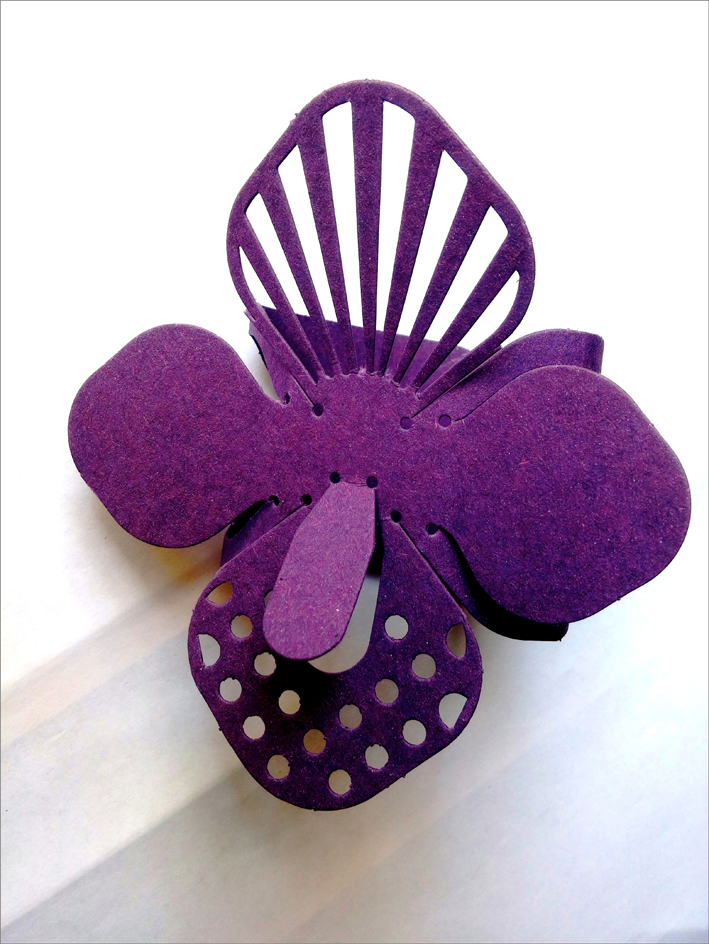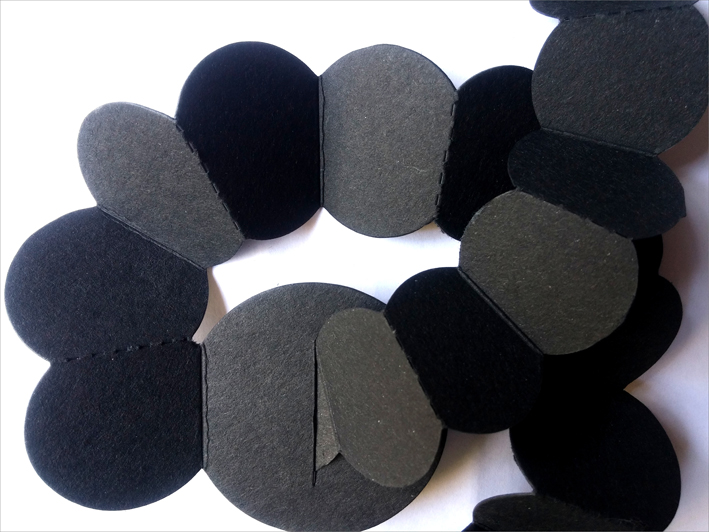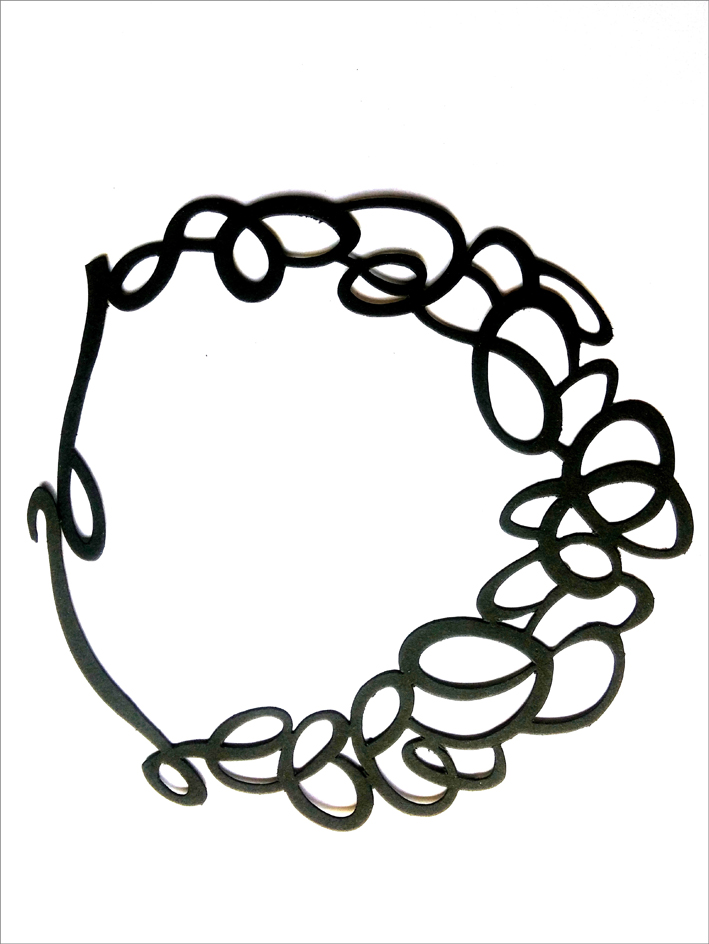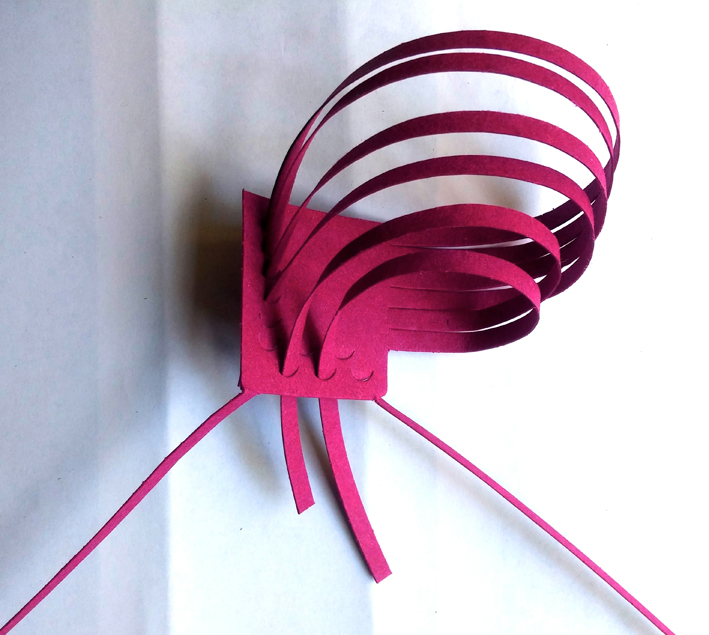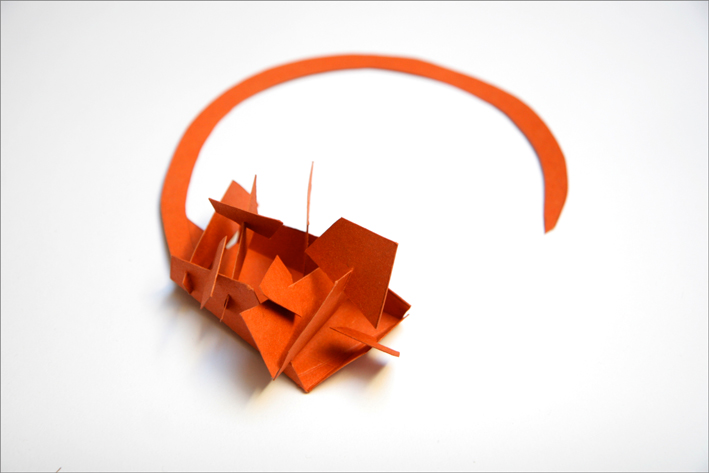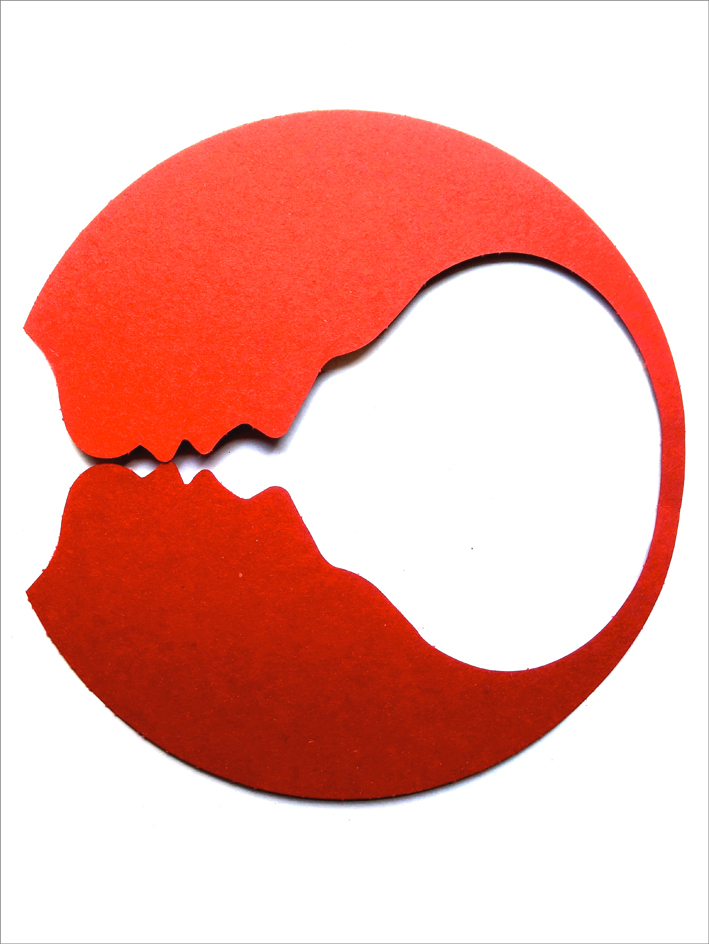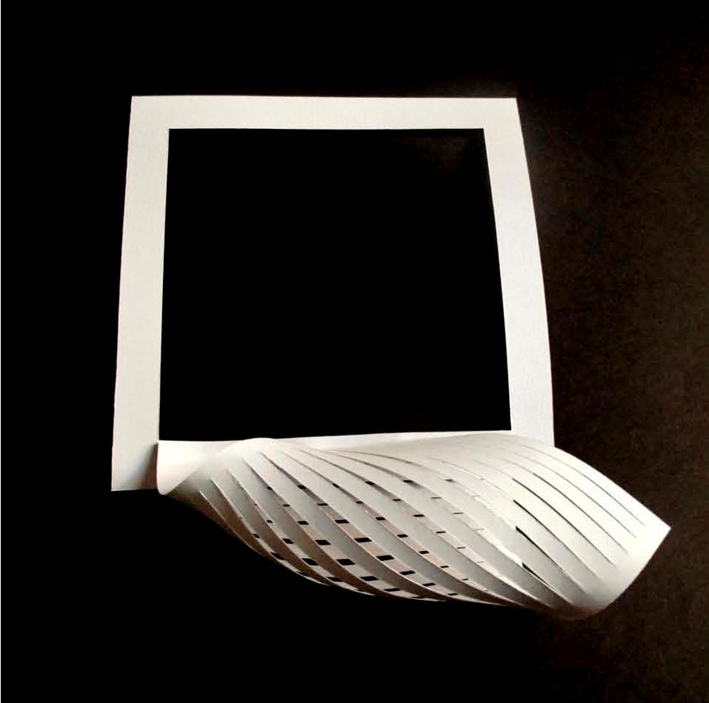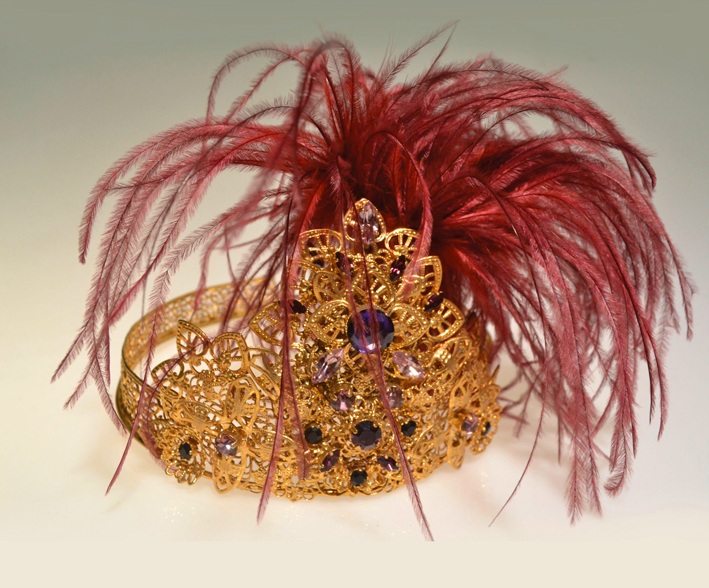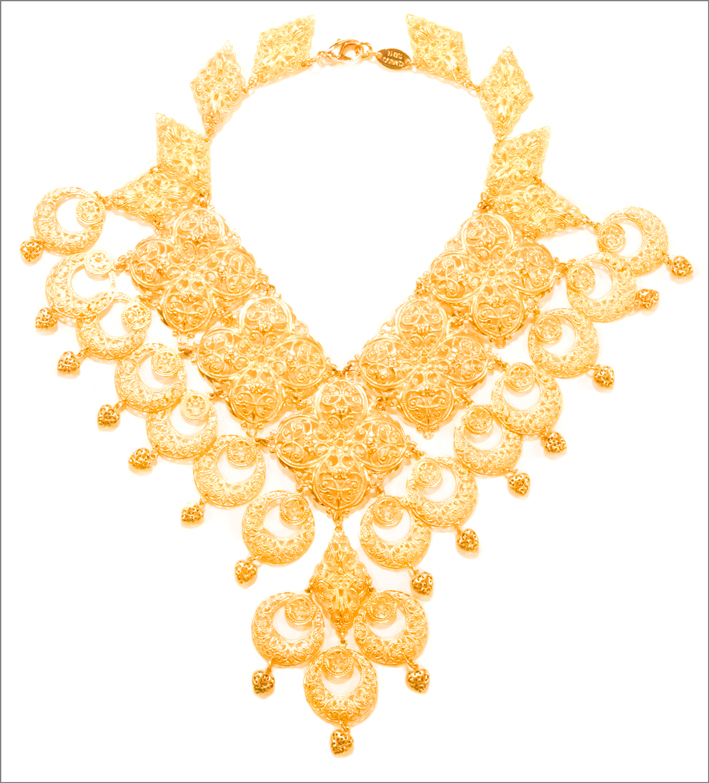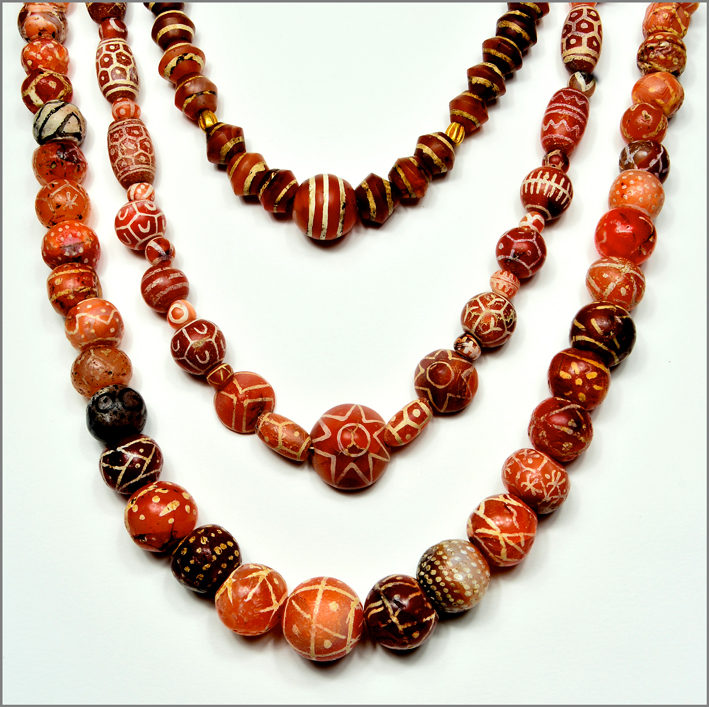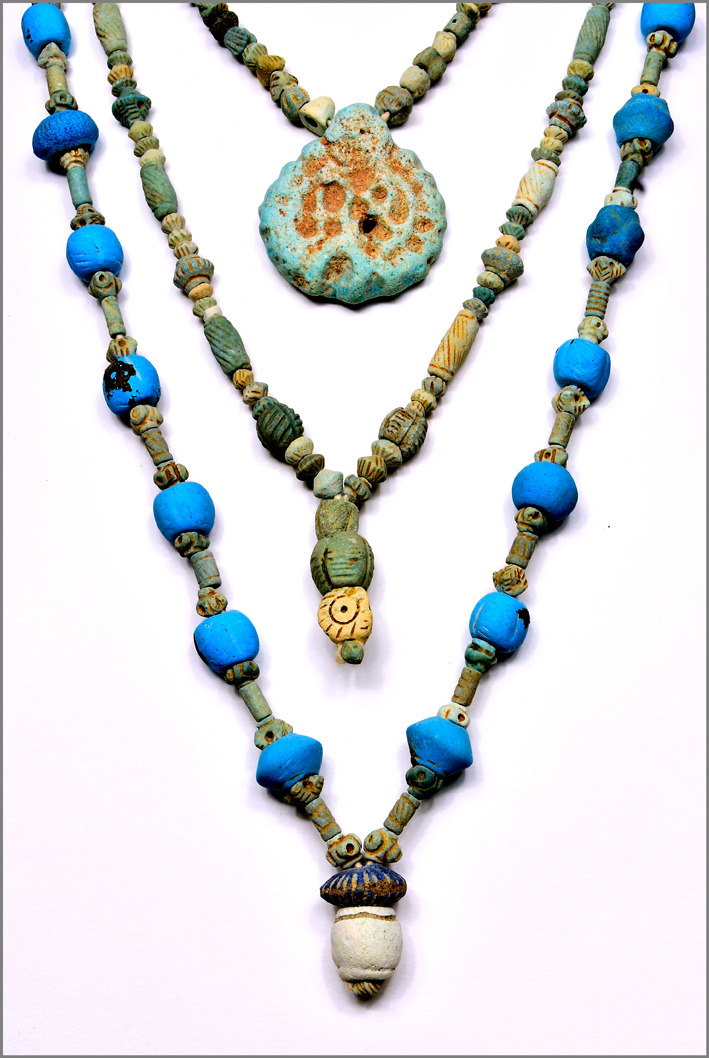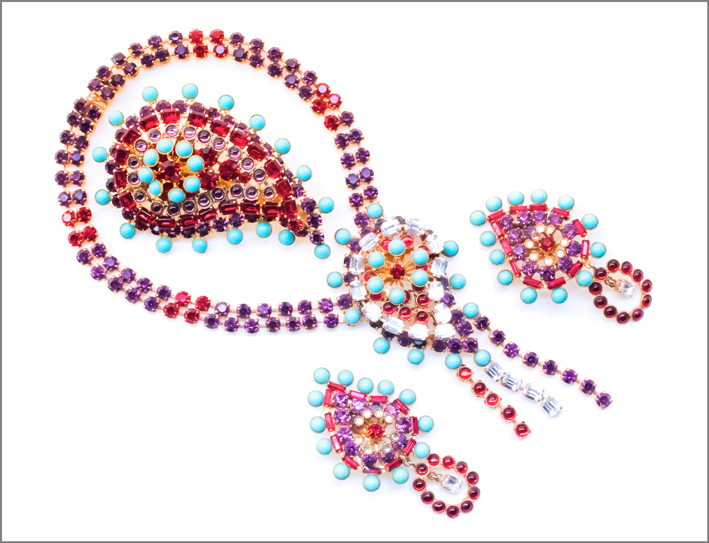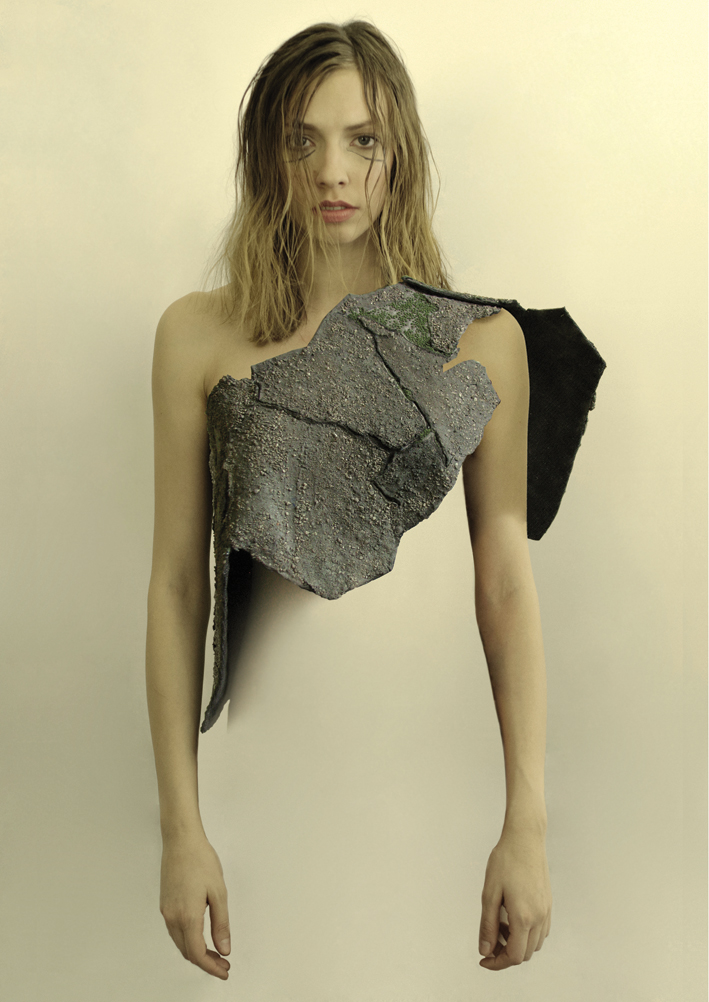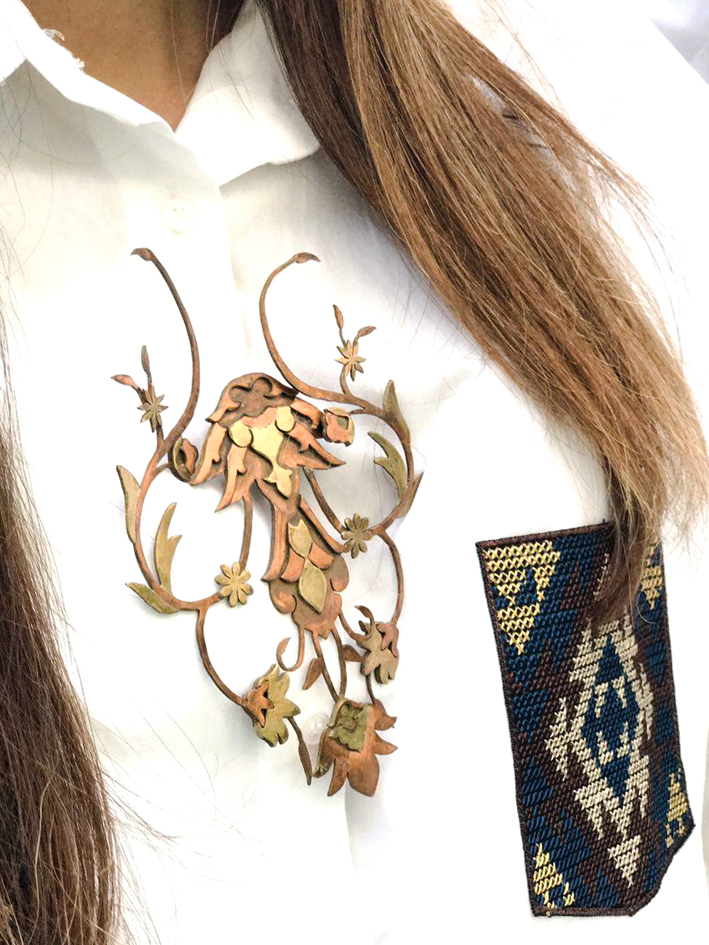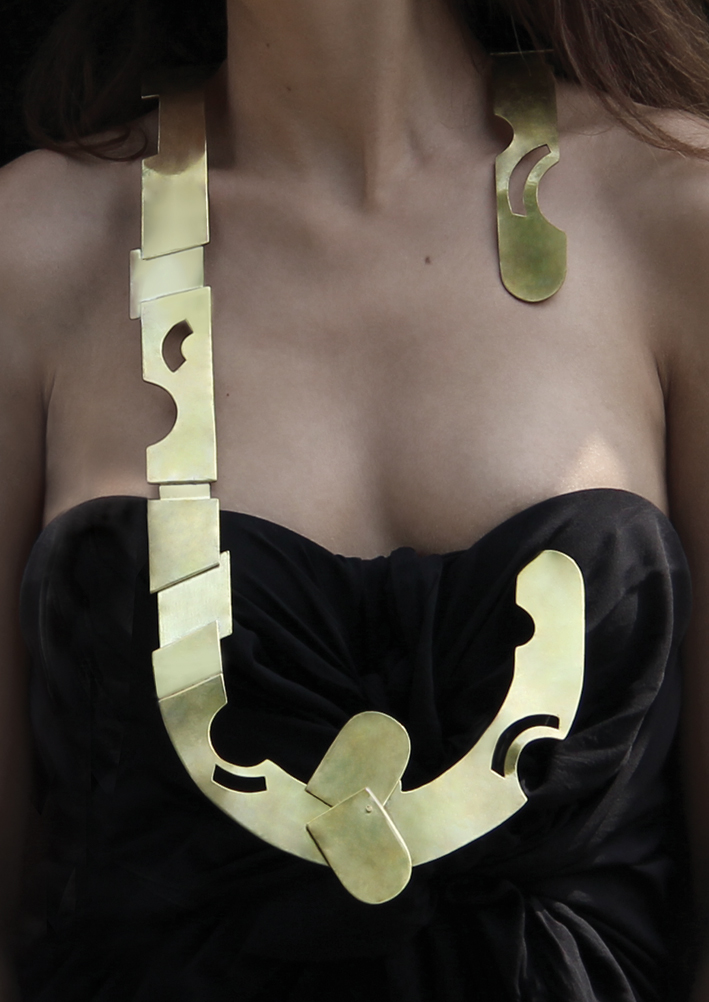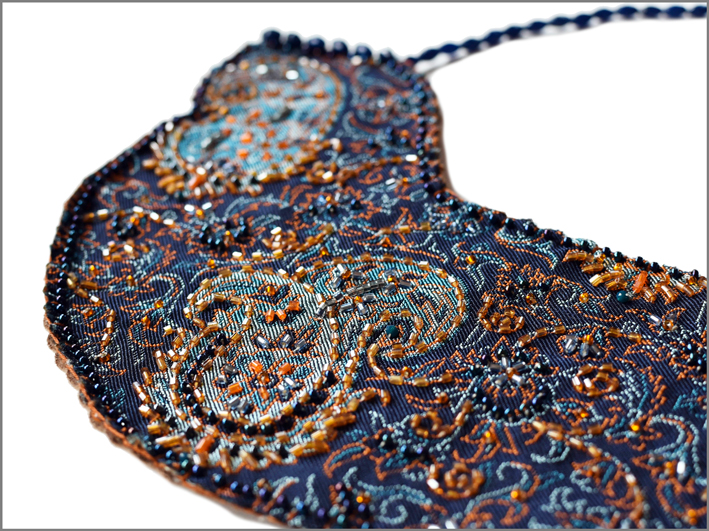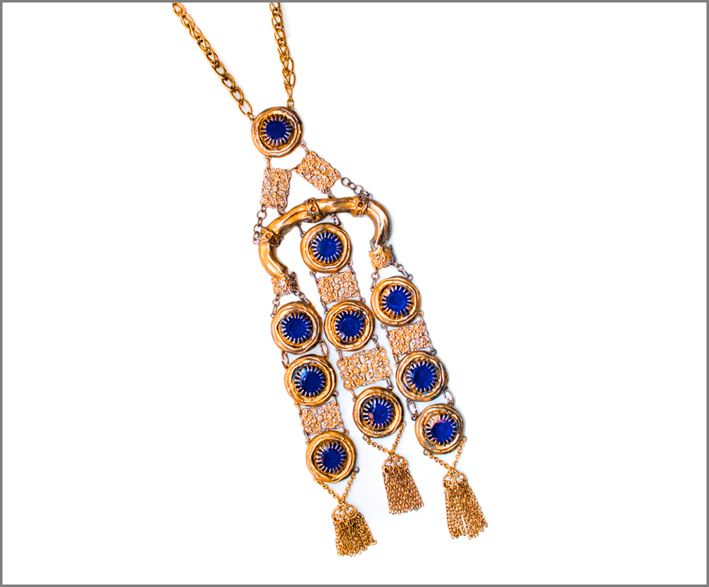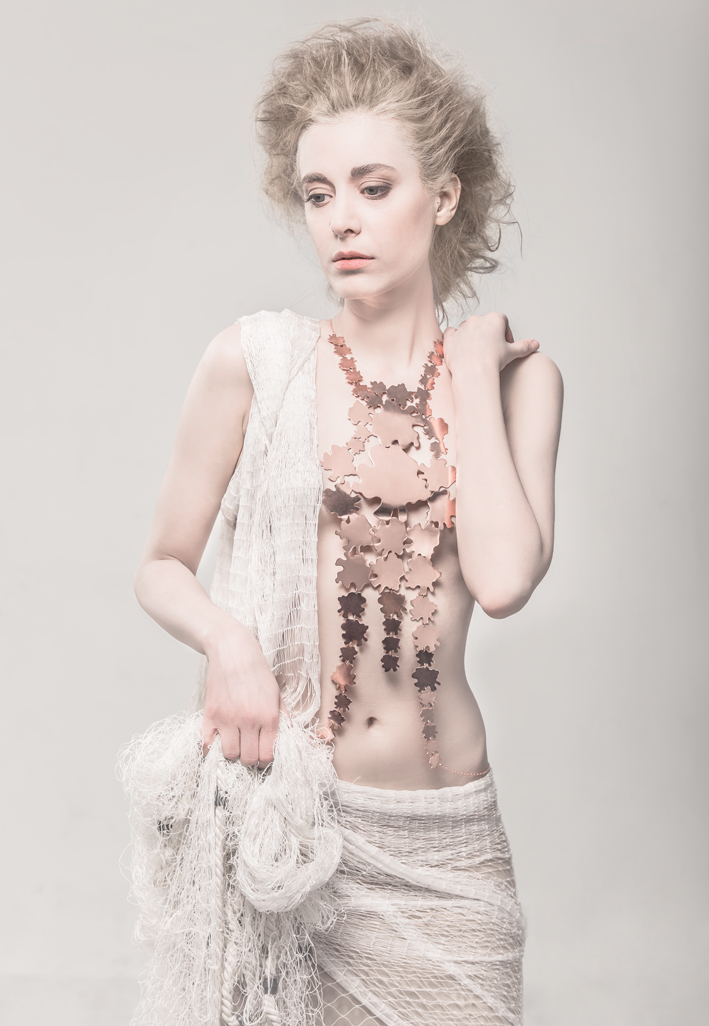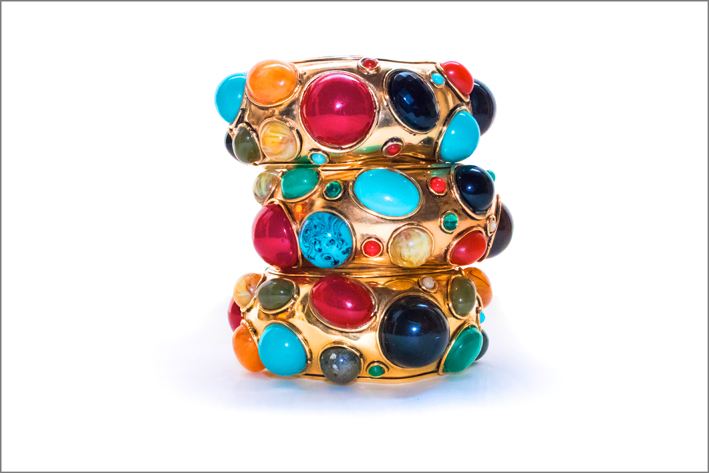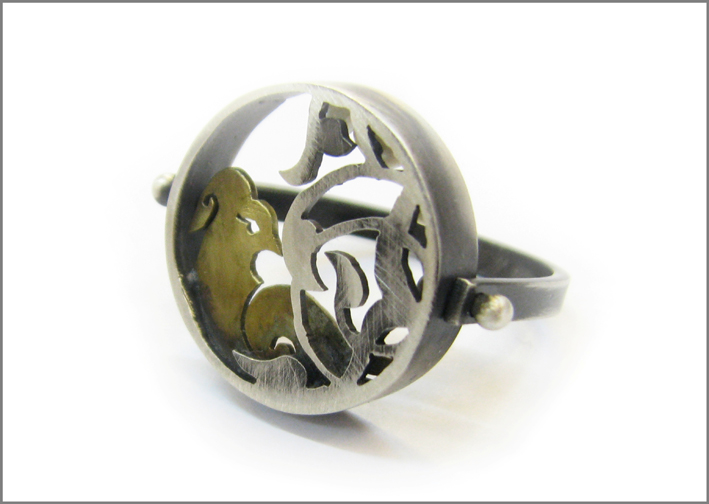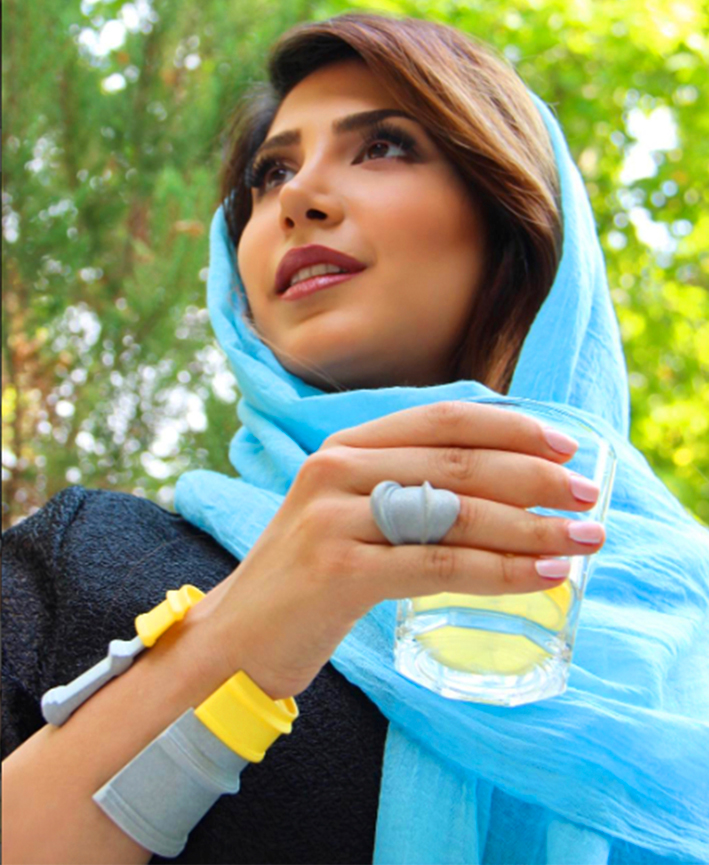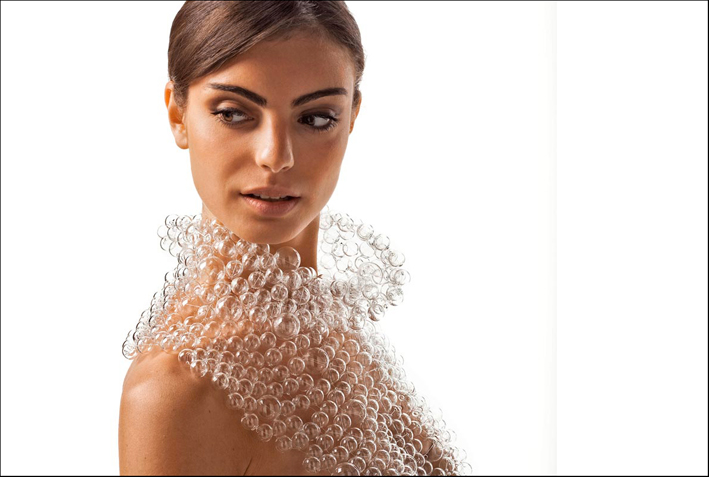Among those who appreciated the jewels of the Fratelli Peruzzi jewelery and silverware in Florence, there were also Prince Ranieri of Monaco and his wife, Grace Kelly. Witness a black and white image with the couple in front of the company’s Florentine workshop, surrounded by the usual onlookers and fans, who today would probably be followers. The work of this historic Florentine establishment is now collected in a book, Jewels in Florence, Archivio Fratelli Peruzzi (1880-1970), published by the Sillabe publishing house of Livorno and written by the jewelery historian Bianca Cappello. Objective: to make a piece of the history of Italian artisan jewelery better known to the general public.

Inside is described in 297 pages and with the help of 300 images, almost a century of goldsmith production, with drawings and photographs of the Fratelli Peruzzi jewelery and silverware. Founded in Florence in 1880, the Maison has worked between Italy and America, with a shop in Boston and a workshop and sales on the Ponte Vecchio in Florence.
There are stories that cannot be kept in the attic, which is why I wanted all the documentary material of Fratelli Peruzzi’s activity to be studied and valued. Thus, coming out of its casket, it can be kept forever in everyone’s memory.
Laura Giannoni Peruzzi, managing director of Fratelli Peruzzi
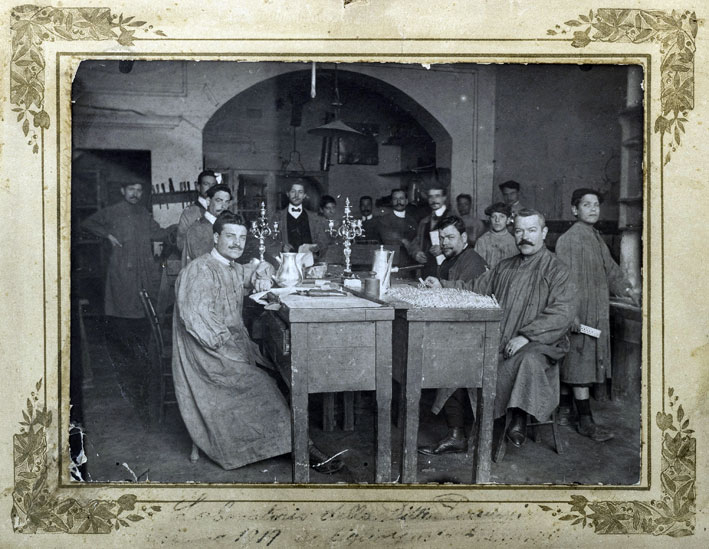
It was an honor to be able to study this remarkable archive of drawings, photos and models of Florentine jewelery and silverware. Valuing it did not mean only bringing to light the history of the Peruzzi family through careful documentary research, but also being able to tell something more about the history of Italian-style jewelery (as it was called in the 19th century), characterized by original and autonomous distinctive elements compared to the so-called fashionable jewelery of Paris or London.
Bianca Cappello

Jewels in Florence, Jewels in Florence, Fratelli Peruzzi Archive 1880 – 1970, Edited by Sillabe 2022 Preface Luigi Salvadori Introduction Dora Liscia Bemporad With a text by Samuele Magri Italian and English text 237 pages with over 300 color images Paperback binding (28 euro ) and hardcover (32 euros).
